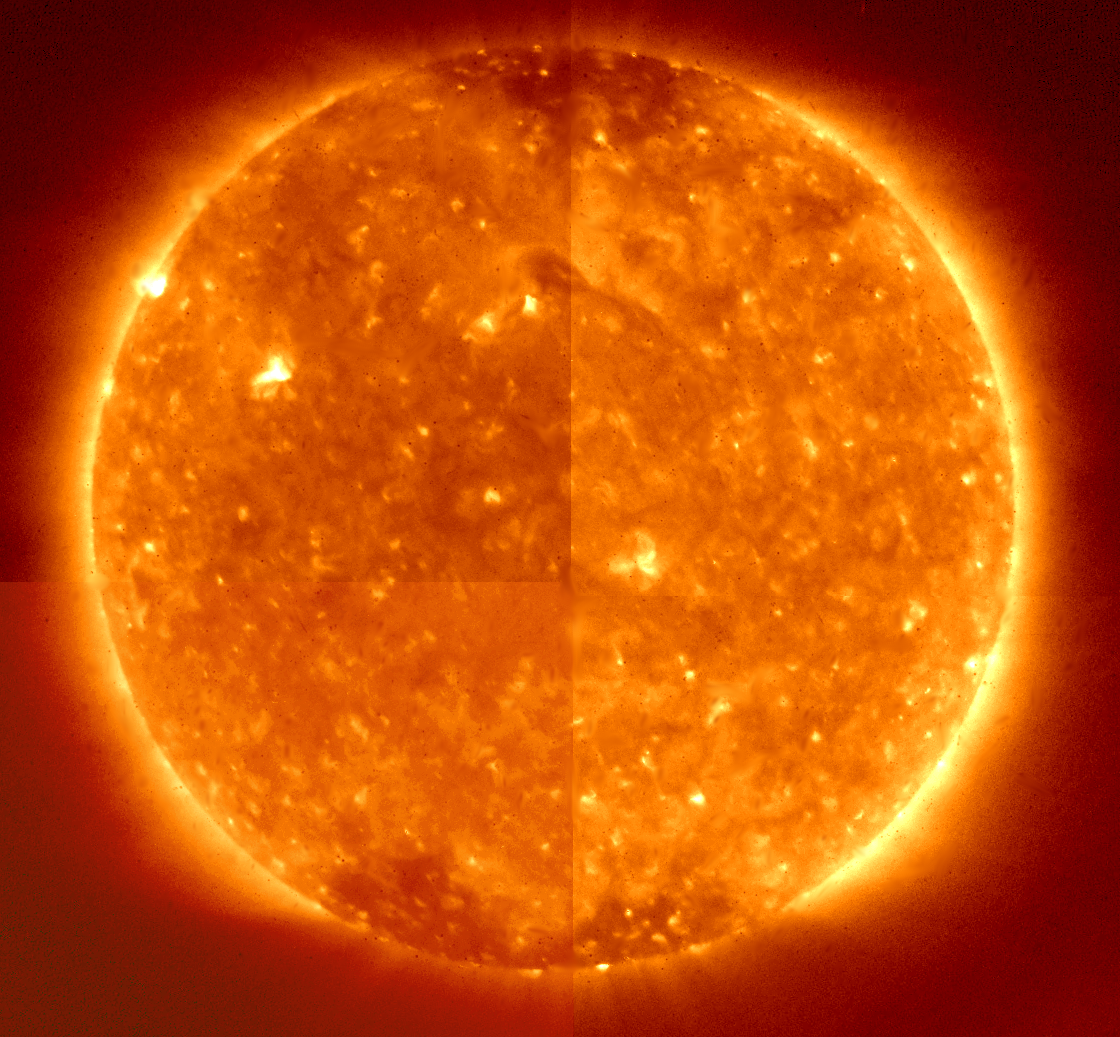
Click the above image for the movie or watch on youtube!
Summer Solstice Eclipse
|
Occasionally, astronomically significant events can coincide with each other. This was the case on June 21st, 2020 where a solar eclipse occurred on the day of the Summer Solstice. Historically, both solar eclipses and the Summer Solstice have been observed and celebrated by cultures around the world. The occurrence of an eclipse on the solstice may seem to be a cosmic coincidence of great meaning; however, the longest day of the year and the moon passing in front of the sun happening on the same day does not mean anything from an astronomical or scientific perspective. The dates of solar eclipses can be predicted very far out and do not coincide with anything other than the relative positions of the Sun and the Moon. The eclipse that was seen on June 21st was an annular eclipse. Since the moon was at a point in its orbit where it was closer to the Earth, the Sun appeared slightly larger in the sky. This produced a "ring of fire" of visible sun around the Moon, similar to what was seen in the eclipse back in December 2019. Due to the exact size and distance from Earth, the two celestial objects typically appear to be roughly the same size in our sky. While the Moon may appear larger or smaller than the Sun based on its current distance from us, it is a true cosmic coincidence that our two most well observed heavenly bodies appear to be the same size. Had the moon been slightly larger/smaller or slightly closer/further from Earth, total solar eclipses would not be possible! The image seen above was created by stitching together 4 images taken by XRT a few hours before the start of the eclipse. These images were scaled to reveal the features of the sun present before the moon crossed in front of the solar disk. Keywords: Eclipse, Full Disk Filters: Al_Poly |
(Prepared by Lucas Guliano and Aki Takeda)
The XRT instrument team is comprised of SAO, NASA, JAXA, and NAOJ.
| Back | Archive | Next |